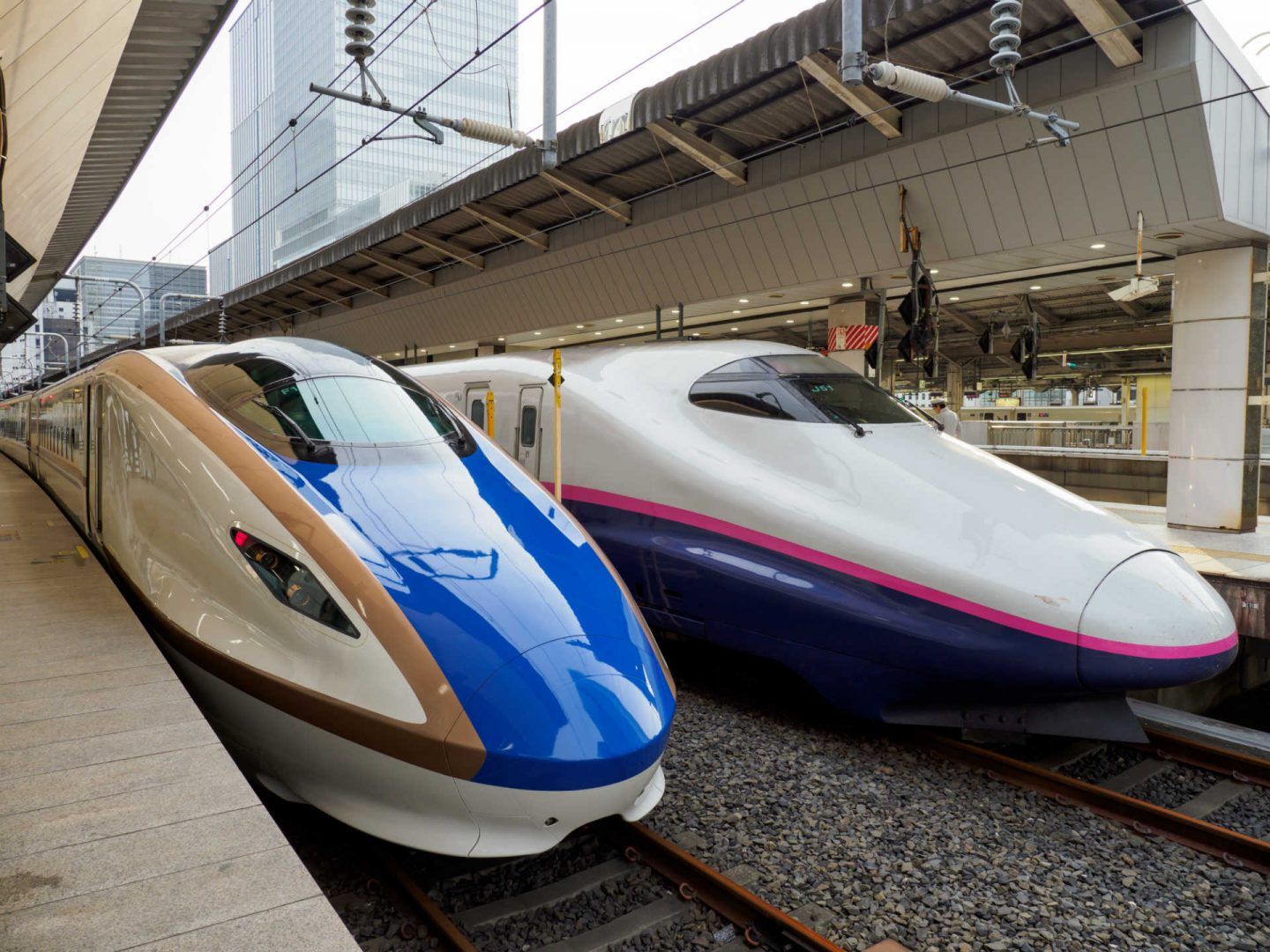What is the Japan Rail Pass?
The Japan Rail Pass (JR pass), is a discounted rail ticket that gives you unlimited access to Japan Rail National trains, bus services, ferry services, and airport transfers.
Before running through the benefits of buying a JR pass, we should raise some important preliminary points so you can decide whether you need one, and if you’re eligible to purchase one.
Firstly, in order to buy a full Japan rail pass, you must be travelling on a “temporary visit” visa that’s valid for stays of up to 90 days.
While the JR pass can also be used by Japanese nationals who can prove they’ve been permanently residing abroad for at least ten years, it can’t be used by residents of Japan.
Secondly, note that the Japan rail pass is not valid on the Nozomi Shinkansen trains — the fastest class of bullet train. If you’re caught on one of these, even unwittingly, you’ll be liable for the full fare for the trip. But, while the Nozomi isn’t included, JR pass holders can ride the Hikari Shinkansen bullet service on the same route.
Now those important details are out of the way, in short, it’s worth buying a JR pass for even the most moderate itinerary. For example, a 7-day JR Pass costs around 29,000 yen. A return ticket from Tokyo to Kyoto costs around 28,000 yen.
So, if you only use your JR pass to get and from the airport, and take a return-trip from Tokyo to Kyoto, you’ll have saved money.
Considering a trip that takes in Tokyo and Kyoto? Read up on where to visit first and find out why Kyoto will win over your heart.
As well as saving you money, having a JR pass will also save you time — no more having to buy tickets for every journey you decide to take.










